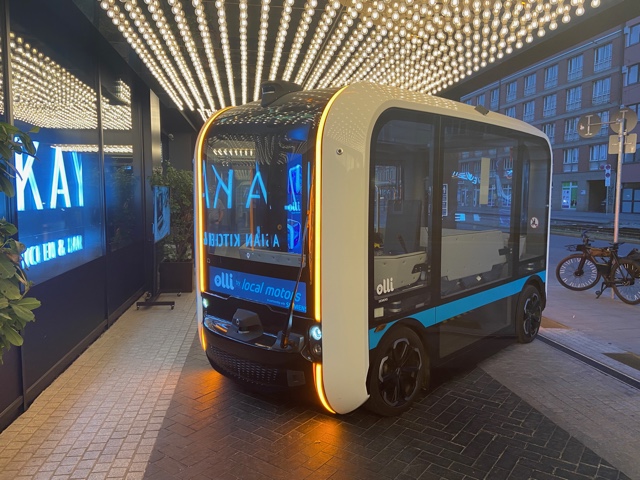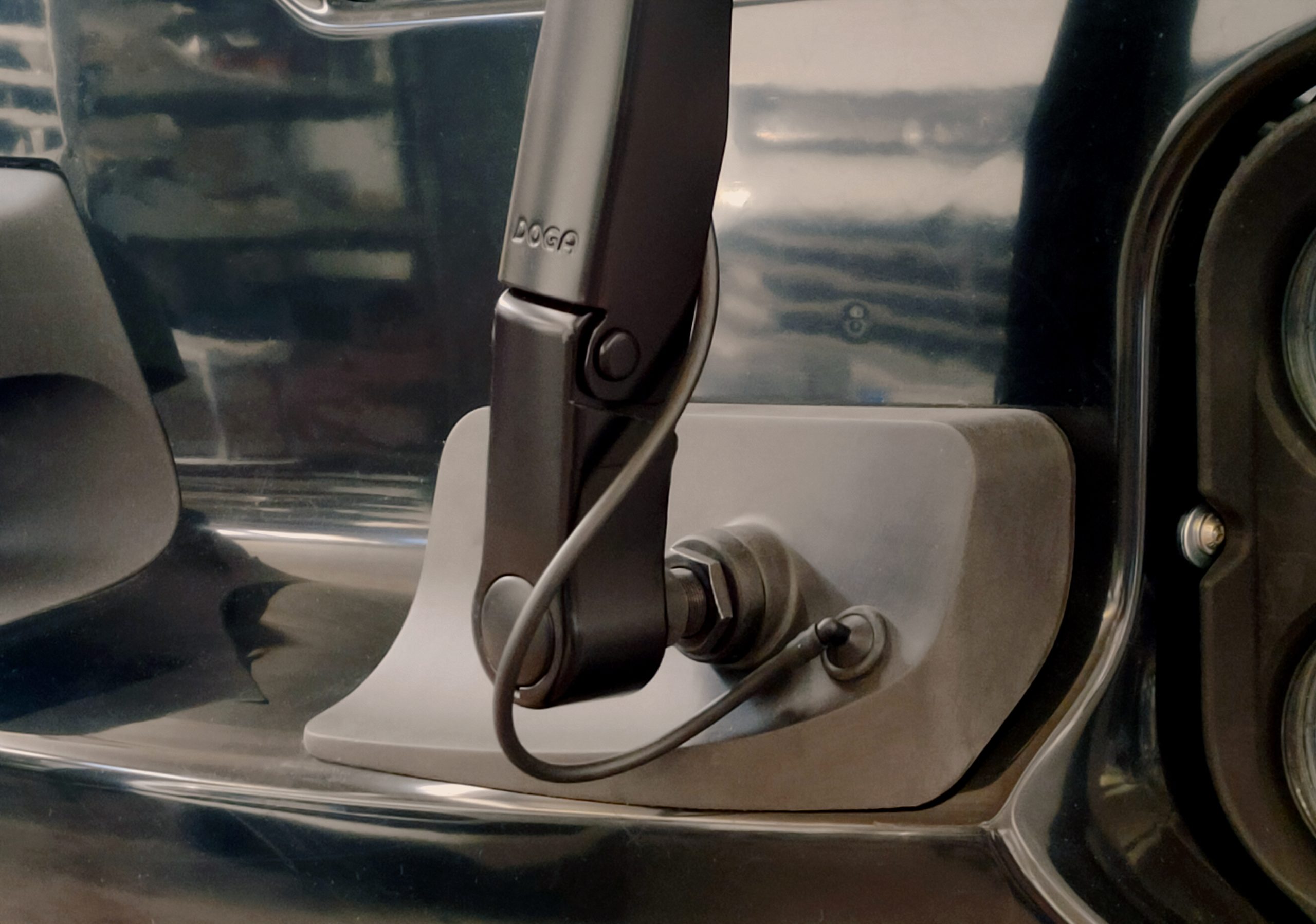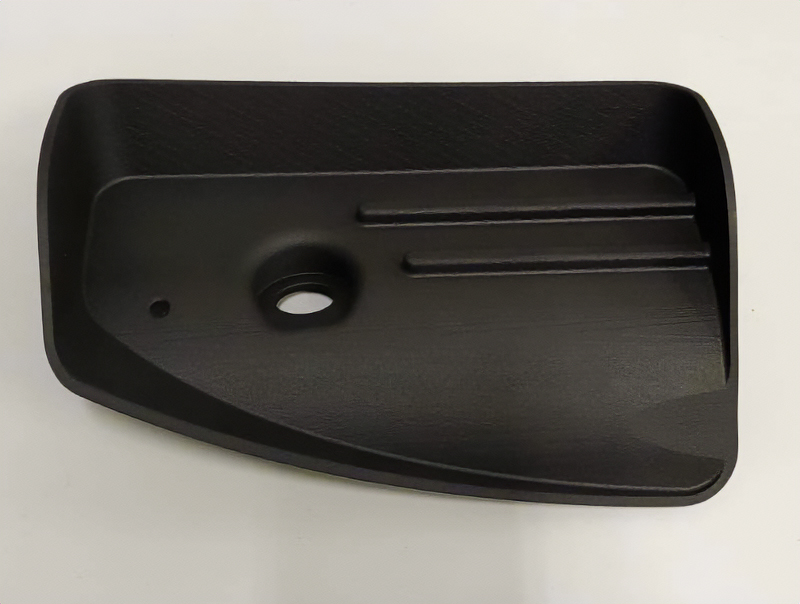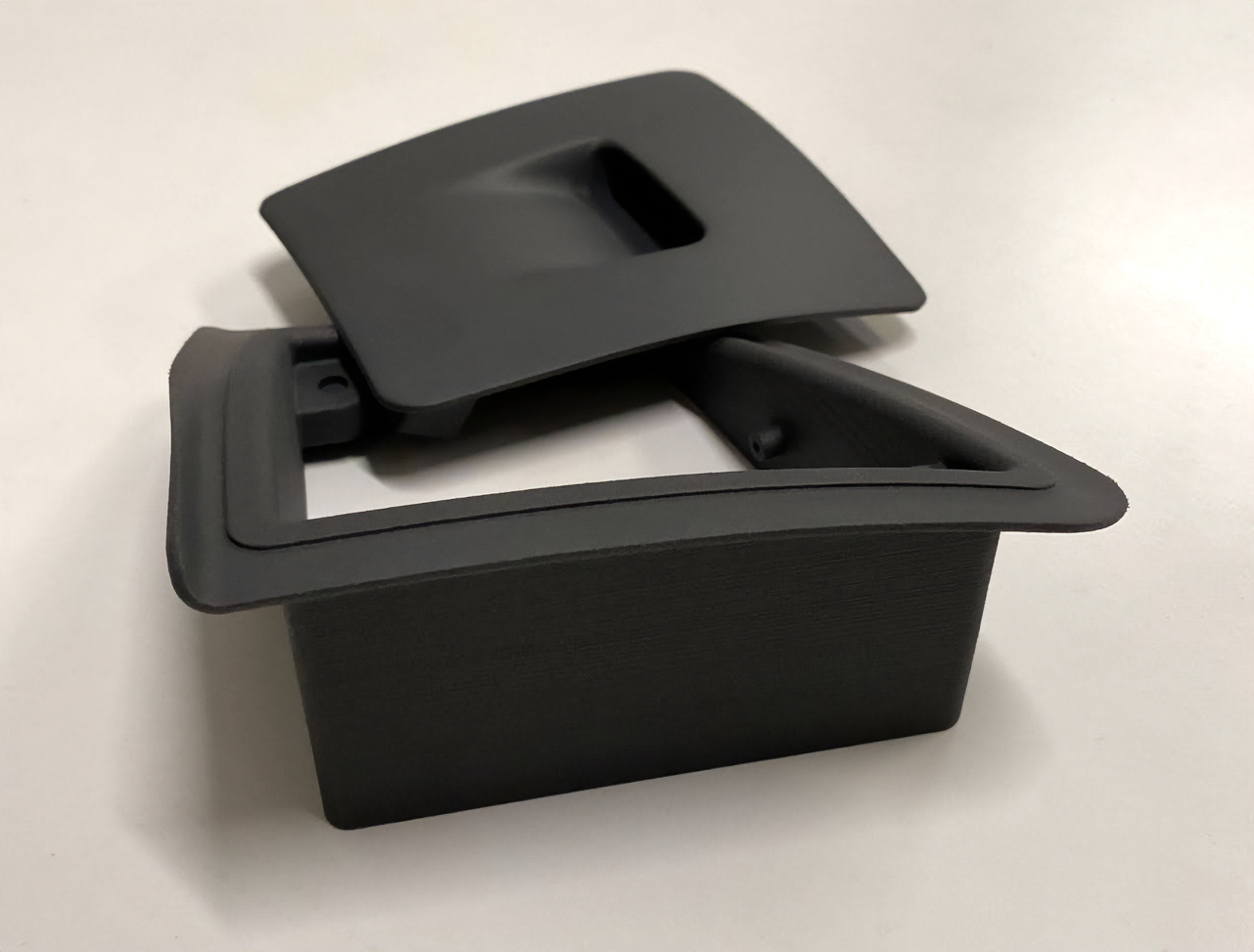Local Motors, an Arizona-based automotive OEM, has announced a new set of upgrades for its 3D printed self-driving electric vehicle, Olli 2.0.
Following a successful rollout in the US, the company is currently seeking approval to deploy its shuttle for a project in Europe. However, Local Motors found that it needed to implement a set of windshield wipers due to the more stringent regulations of the EU.
Carlo Iacovini, General Manager EMEA of Local Motors, explains, “Olli is operating in campuses, stadiums, industrial districts, and local communities around the world. To approve deployments in Europe, it needed some additional components not required in the US market.”
To manufacture the necessary parts, the firm’s EMEA management sought the help of Italy-based 3D printing service provider CRP Technology. Leveraging CRP’s proprietary Windform composite materials, the firms have now designed, 3D printed, and integrated a number of additional windscreen wiper upgrades to support the European approval.

The 3D printed self-driving shuttle bus
The original Olli made its debut back in 2016, when it was presented as a low-speed, self-driving shuttle bus capable of transporting 12 passengers at a time. Produced using a Big Area Additive Manufacturing (BAAM) 3D printer from Cincinnati Incorporated, the vehicle can be 3D printed and assembled in under 10 hours.
Local Motors equipped its creation with 360° LiDAR scanners capable of sensing the surroundings in all directions. As a result of 3D printing, the vehicle could be customized for different environments, enabling it to be used in neighborhoods, campuses, and urban city centers as a safe and sustainable mode of transport.
For example, German rail company Deutsche Bahn has previously conducted a six-month long pilot program for Olli in Berlin, where the shuttle was made to carry over 100 passengers per day around the city.
The year 2019 saw the launch of Olli 2.0, an upgraded iteration of the shuttle. Olli 2.0 features 50% fewer parts and requires only half the manual production hours of its predecessor. With a maximum speed of 25 MPH, the vehicle comes complete with voice recognition and a cognition system from MIT start-up Affectiva, which enables facial and mood tracking for passengers as well as dynamic route optimization.
More recently, the parent company of Local Motors, LM Industries, raised $15 million from an investment fund managed by the Japanese SPARX Group.

Windform 3D printing for Olli 2.0
In order to integrate the wipers necessary for the European project, the Local Motors team had to sit down for a major overhaul of Olli 2.0’s design. Since the vehicle’s front is essentially a tall rectangle with wide-set headlights and a large window, the wipers couldn’t be positioned from above and had to be fixed to the frame on the underside of the windshield.
Iacovini adds, “The Local Motors Engineering Department designed a new front bumper with brackets for fixing both the wipers starter motor and the front wiper washer reservoir.”
Unfortunately, during the wiper assembly phase, the team noticed that the motor protruded from the modified front bumper. This prompted Local Motors to design and add two additional covers to the assembly – one that conceals the protruding part and one that protects the pressure system of the washer reservoir.
When seeking a manufacturer for the covers, the firm turned to CRP Technology. The service bureau 3D printed the windshield wiper starter motor cover using Windform XT 2.0 (carbon fiber-reinforced polyamide) and the washer reservoir flap valve using Windform LX 3.0 (glass fiber-reinforced polyamide). Both composite parts were 3D printed using selective laser sintering (SLS) technology and have now been integrated into Olli 2.0.
Subscribe to the 3D Printing Industry newsletter for the latest news in additive manufacturing. You can also stay connected by following us on Twitter, liking us on Facebook, and tuning into the 3D Printing Industry YouTube Channel.
Looking for a career in additive manufacturing? Visit 3D Printing Jobs for a selection of roles in the industry.
Featured image shows Olli 2.0 with its new windshield wipers and 3D printed wiper cover parts. Photo via Local Motors.






